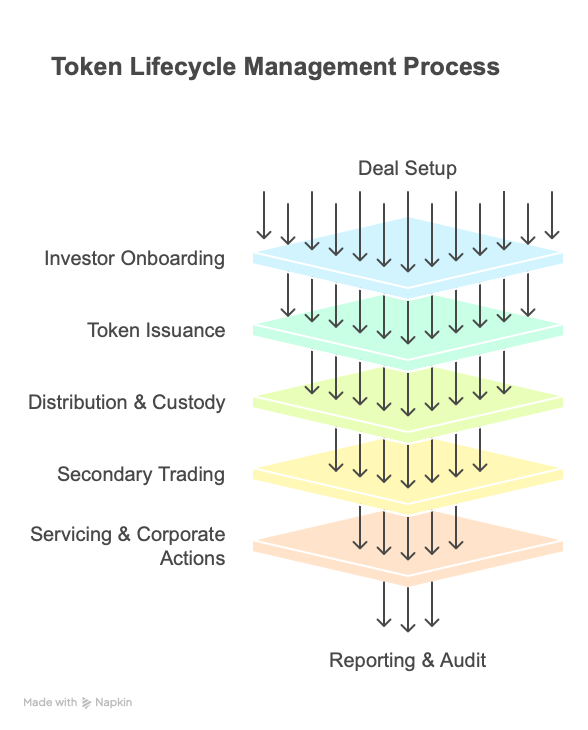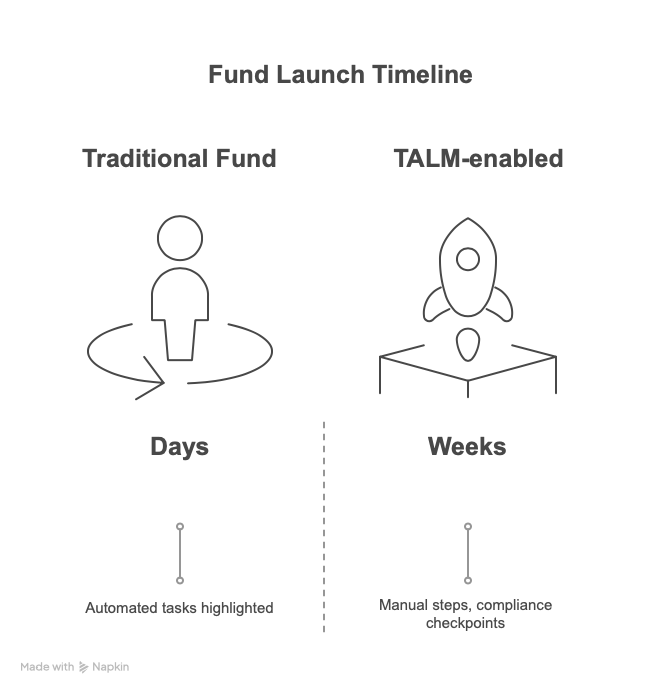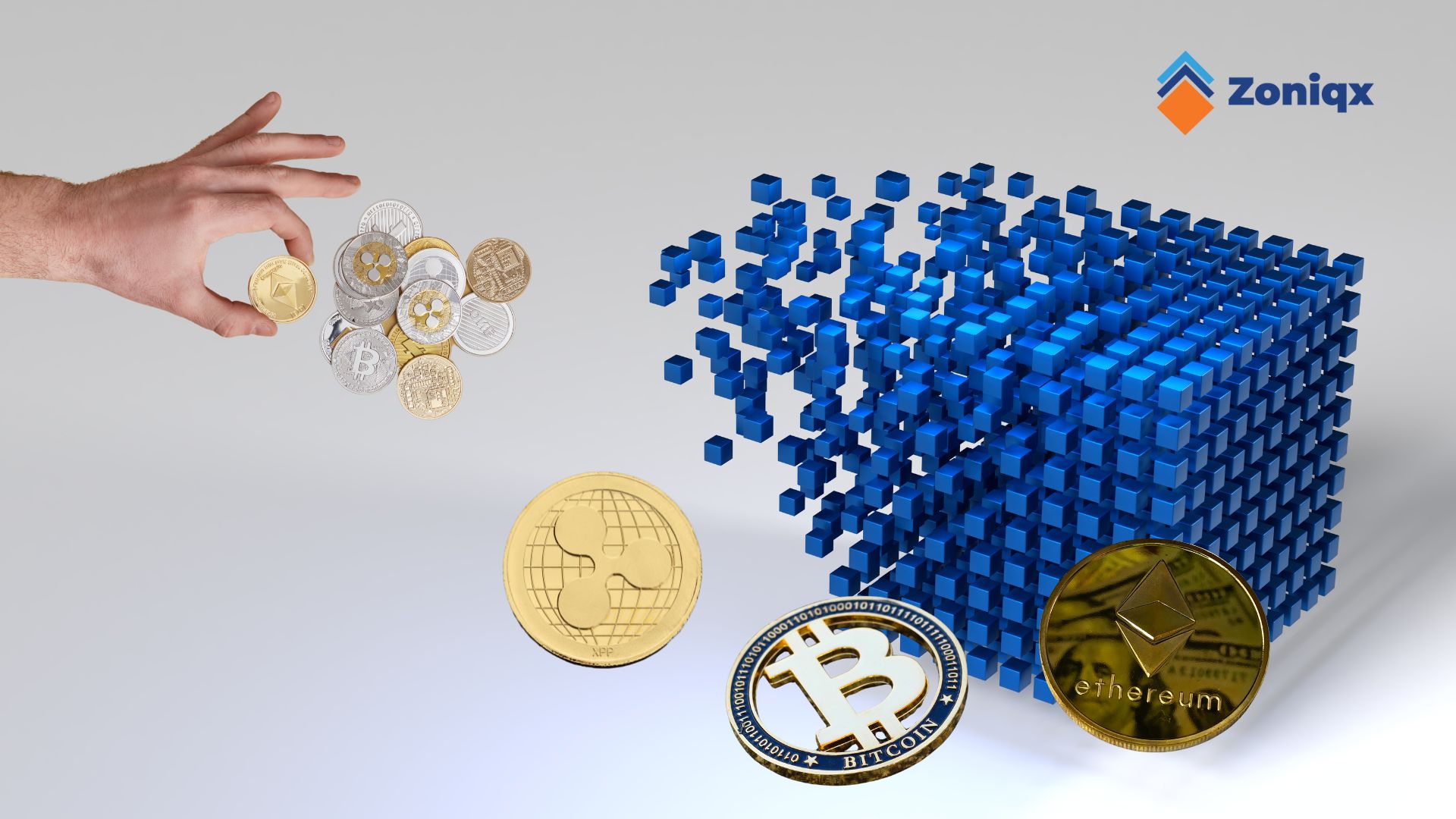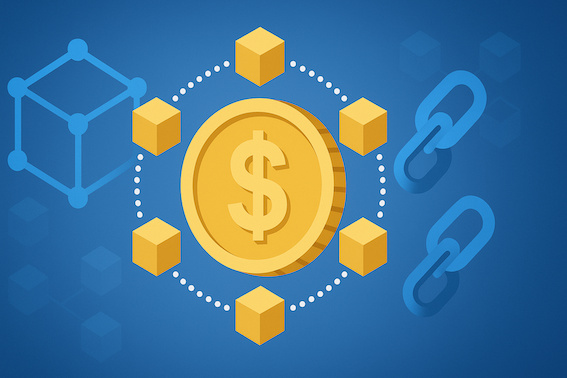How Zoniqx’s TALM Streamlines $1B Fund Tokenization
The tokenization of private markets is no longer an experiment, it’s production. When Aurum Equity Partners launched a $1 billion combined equity-and-debt tokenized fund using Zoniqx’s technology on the XRP Ledger (XRPL), it didn’t just mark another pilot; it signaled institutional-scale tokenized funds moving from promise to practice. In that project, Zoniqx’s Tokenized Asset Lifecycle Management (Zoniqx TALM) enabled faster, auditable issuance, automated compliance, and built-in pathways to secondary liquidity, which are capabilities that make large-scale tokenization operationally realistic for institutional investors.
Why large-scale blockchain fund tokenization is hard (and why TALM matters)
Large funds (think hundreds of millions to billions) come with complexity: multi-jurisdiction legal wrappers, layered equity/debt instruments, KYC/AML across thousands of investors, bespoke distribution agreements, custodian constraints, and the need for predictable payouts and reporting. Traditional fund launches rely on spreadsheets, discrete vendor relationships, manual reconciliation and multi-day settlement windows. Scaling that to a $1B vehicle that’s open to global investors quickly exposes operational, regulatory and liquidity frictions.
Enter TALM. Zoniqx designed TALM to manage the entire token lifecycle, from deal setup and investor onboarding to issuance, secondary trading integration, corporate actions and audits, so fund sponsors don’t stitch disparate tools together or re-invent reconciliation for every raise. TALM’s philosophy is simple: lifecycle-first automation + compliance-by-design = predictable scale.
What is Zoniqx TALM? A practical breakdown
Zoniqx TALM (Tokenized Asset Lifecycle Management) is a modular, enterprise-grade stack that centralizes token processes and enforces rules through code and policy engines. Key components you’ll see in TALM deployments:
- Primary Token Issuance (TPaaS): Low-code issuance workflows, templated security-token contracts, and automated subscription handling. (See Zoniqx’s TPaaS for deal setup and token-suite capabilities.)
- Dynamic Compliance (DyCIST / CompliTO): Jurisdiction- and investor-specific rule sets baked into the token so transfers and corporate actions automatically fail-safe when they would breach local law.
- Token Distribution Rails (RWA Connect): Permissioned liquidity rails and on-chain settlement connectors that preserve investor privacy while enabling transfers to approved trading venues.
- SecureTrade & SecureFi: Built pathways to secondary markets and on-chain financing primitives so token holders can access liquidity without breaking regulatory or fund covenants.
The result: an issuer can define a legal structure once, encode operational rules once, and then issue, service and enable liquidity for millions of tokenized positions with repeatable, auditable processes.
Aurum Equity Partners’ $1B fund: a real-world proof-point
Aurum’s $1B fund, a combined equity + debt vehicle focused on global data centers, was structured to take advantage of both tokenization’s fractionalization and XRPL’s throughput and cost advantages. The announcement specifically highlights the use of Zoniqx’s stack and XRPL to launch what Aurum called the “world’s first combined equity and debt tokenized fund.”
What TALM delivered in practice for Aurum:
- Faster issuance and onboarding: Automated KYC/AML flows and templated issuance reduced manual gating steps and shortened time-to-market for subscription windows. (Operational data from TALM projects consistently shows meaningful reductions in issuance cycle-times vs. traditional workflows.)
- Seamless XRPL integration: Low-cost, high-throughput settlement on XRPL for high-volume investor distributions and near-instant reconciliation between on-chain records and fund accounting. (Zoniqx’s integration with XRPL is a strategic element of the Aurum launch.)
- Hybrid instrument support: Because TALM treats tokens as composable programmable securities (equity + debt logic), Aurum could represent multiple tranches and payout rules inside a single issuance lifecycle.
(Important note for readers: exact percentage improvements such as "30% faster issuance" will vary by deal complexity, jurisdiction and readiness of counterparties. TALM’s design objective is to reduce those frictions substantially; specific performance claims should be validated per-deal in live pilots.)
Benefits for institutional investors: Why TALM changes the calculus
Institutional investors care about three things: return, risk, and operational predictability. TALM addresses each:
- Operational efficiency (lower OPEX / faster settlement): By automating subscription, issuance, and payouts and using XRPL/other high-performance rails, TALM reduces back-office hours and speeds up settlement cycles. That translates to lower transaction costs and improved NAV accuracy.
- Built-in compliance and auditability: With DyCIST and CompliTO, compliance rules live with the token. Regulators and auditors get immutable trailing on KYC, transfers and distributions, reducing inspection risk and remediation costs.
- Improved liquidity and portfolio management: Tokenized positions are fractional, tradable on approved venues, and can be used as collateral in on-chain lending markets where permitted, unlocking novel liquidity pathways for traditionally illiquid private assets.
- Global investor access with jurisdictional gating: TALM enables issuer control over who can hold or trade tokens, so funds can broaden their investor base while staying compliant across multiple legal regimes.
For asset allocators, those advantages mean easier entry/exit, cleaner reporting, and an ability to deploy capital into differentiated private infrastructure strategies with institutional controls.


Conclusion
Large-scale tokenized funds require more than smart contracts, they require lifecycle governance, composable compliance, and plumbing to real markets. Zoniqx TALM bundles those capabilities so fund sponsors can launch complex tokenized funds (equity, debt, hybrid) with the operational discipline institutions demand. Aurum Equity Partners’ $1B fund is a practical demonstration of that approach: a major issuer choosing TALM + XRPL to issue, service and enable liquidity for a global infrastructure strategy.
If your organization is evaluating tokenized funds or wants a technical walkthrough of how TALM could fit into an institutional fund raise, request a demo.
References
- Zoniqx — TALM overview. Zoniqx. https://www.zoniqx.com/talm.
- Aurum launches $1B tokenized fund on XRPL (CoinDesk). https://www.coindesk.com/business/2024/10/22/aurum-launches-1b-tokenized-fund-for-data-center-investments-on-xrp-ledger-with-zoniqx.
- Zoniqx resources — Aurum Equity Partners announcement. https://www.zoniqx.com/resources/aurum-equity-partners-launches-1b-tokenized-equity-and-debt-fund-using-zoniqx-and-xrp-ledger-technology.
- Zoniqx — TPaaS product page. https://www.zoniqx.com/product/tpaas.
- Zoniqx — RWA Connect and Secure rails. https://www.zoniqx.com/resources/secure-tokenization-at-scale-inside-rwa-connect-by-zoniqx.
- Ripple / XRPL integration discussion (developer medium post). https://medium.com/ripplexdev/zoniqx-and-ripple-partner-to-bring-multi-asset-tokenization-onto-the-xrp-ledger-4e9e8dbbbc29.
Disclaimer
This article is for informational purposes only and does not constitute legal, financial, or regulatory advice. References to SEC are based on public statements and do not imply endorsement or legal interpretation. Readers are encouraged to consult with legal or regulatory professionals before engaging in asset tokenization. Zoniqx operates in full compliance with applicable laws and supports regulatory clarity in the tokenization ecosystem.



